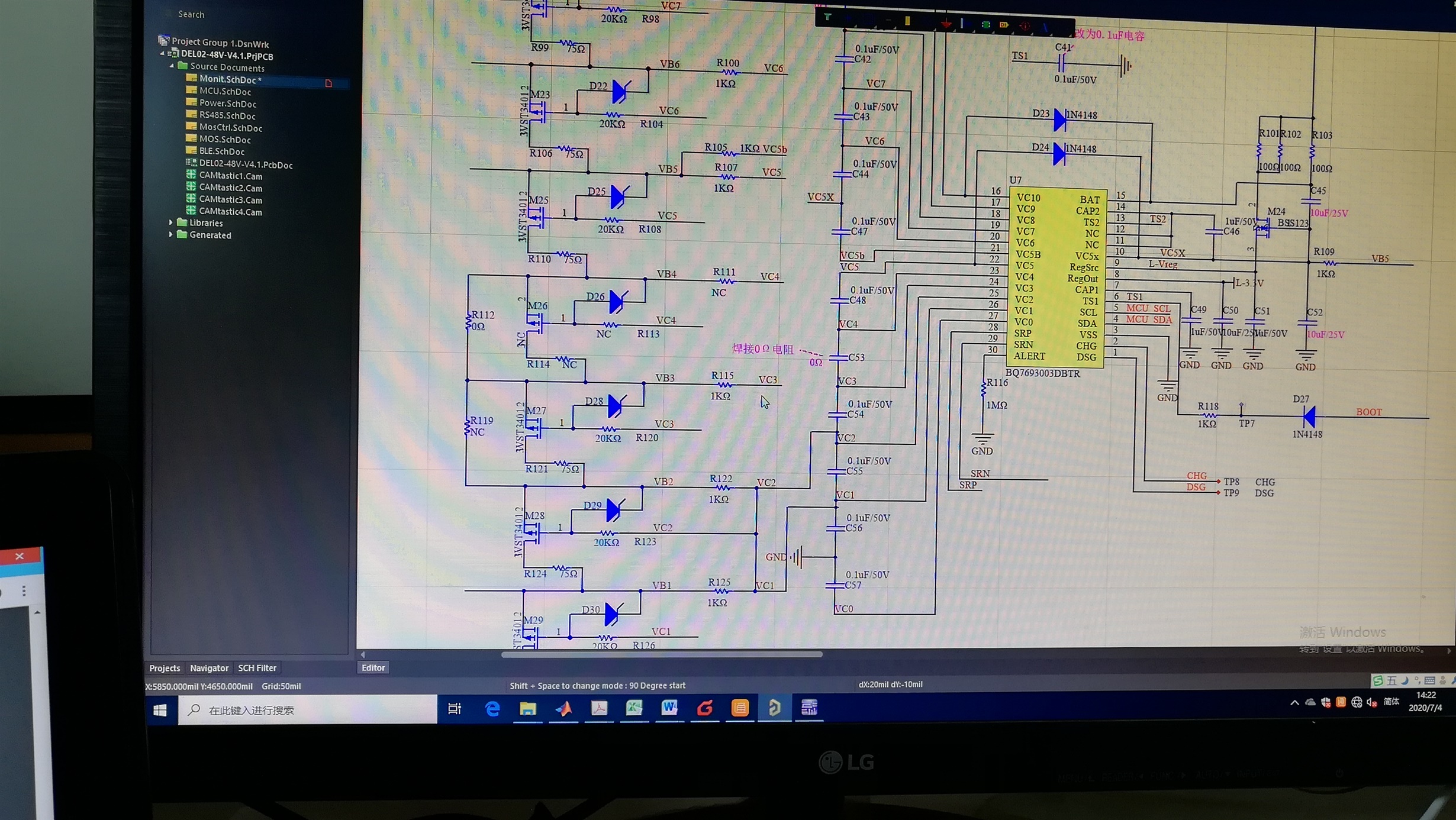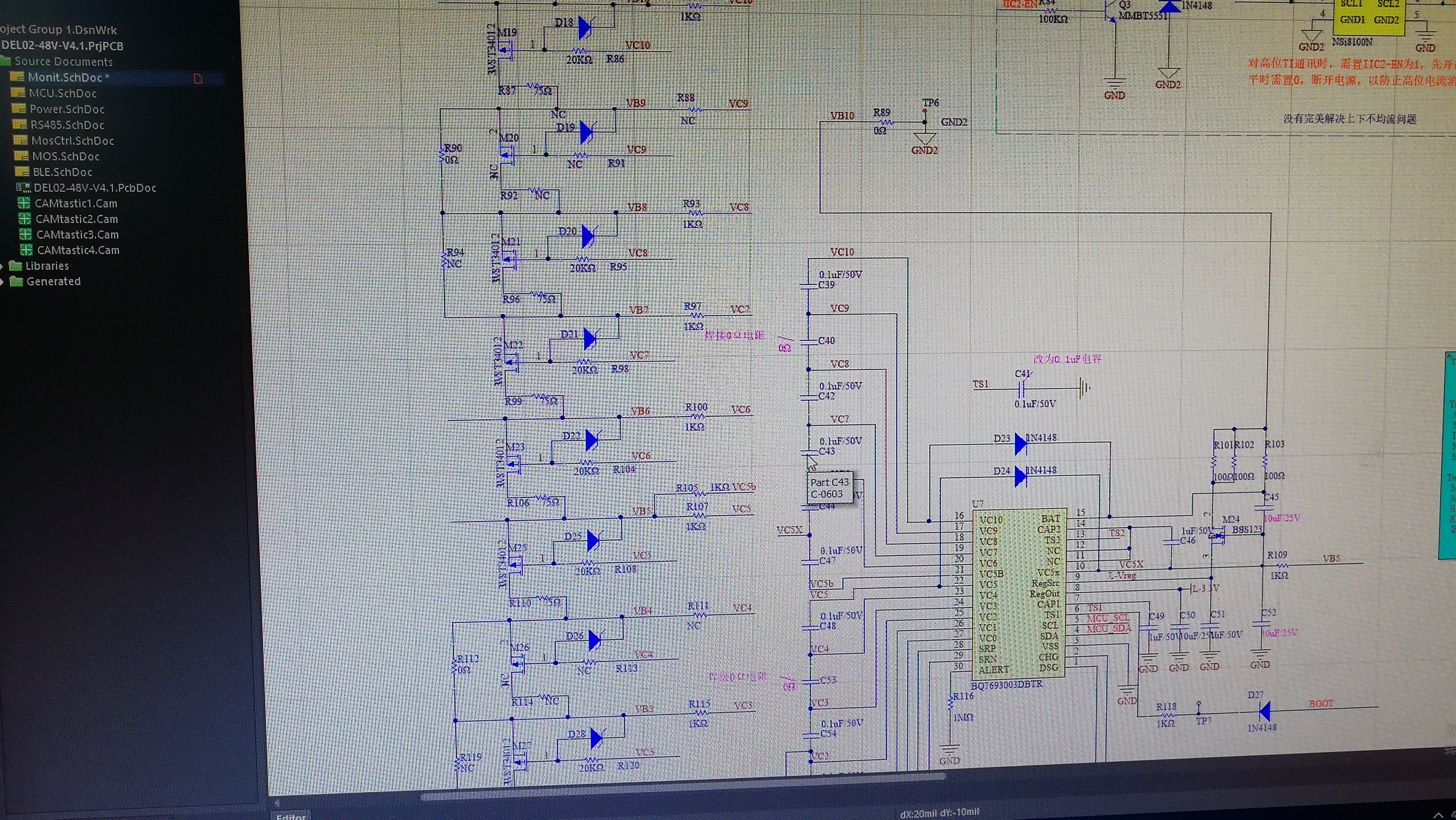Hi
My customer design 16cells with 2 pieces of BQ76930, every pieces control 8cells.
The 4th cell is connect with 1kohm resister the voltage will fluctuate by 200mV. If the sampling resistance on the board is changed to 2K, there will be no fluctuations.
Why change the resister the voltage is stable?
Thanks
Star



